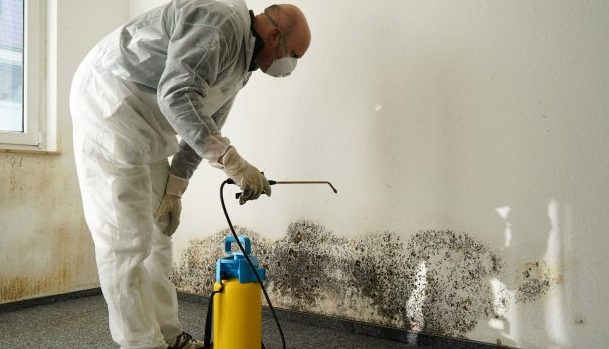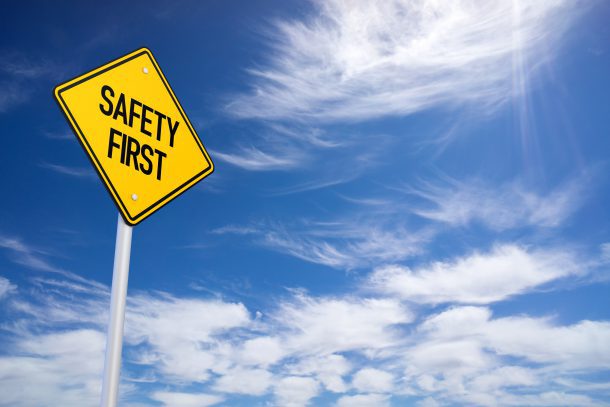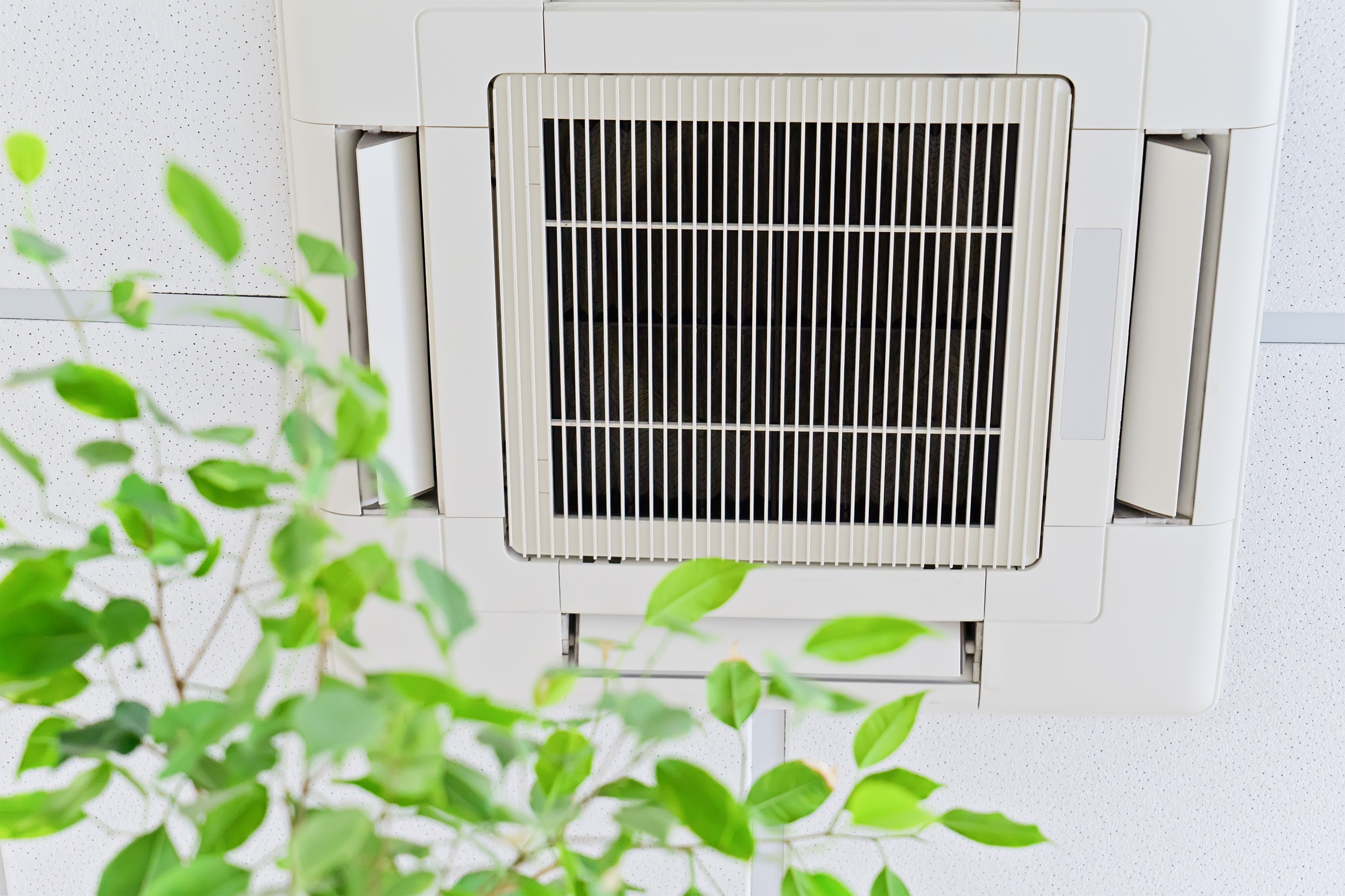
Working in the remediation field, we often hear client concerns about mould and its associated health risks, hypersensitivities, and finance-crippling lawsuits, but, despite this, some in the industry continue to underestimate the hazardous effects of mould on workers and occupants.
But mould, just like the other contaminants of concern, is dangerous to our health, and failure to prioritise mould safety puts our people, clients, and company in harm’s way.
The bodily effects of mould exposure are many but are primarily respiratory related—from sinuses down into the lungs.
There is also the potential for mould to affect one’s immune system long term, making a person not only more susceptible to mould, but also to other respiratory-related illnesses.
These reactions occur both in immunocompromised people as well as healthy individuals with no prior allergic reactions. This is why it is so important not to overexpose workers in occupational settings.
This article aims to provide restoration companies an overview of the risks related to mould remediation work and how to keep workers safe while protecting the company from associated liability.
Hypersensitivity and workers
For years, clients who reported hypersensitive reactions to mould were met with suspicion and derision from many restoration and insurance companies alike.
However, scientific studies like those from the Institute of Medicine have found sufficient evidence to link indoor mould exposure with upper respiratory tract symptoms—coughing, wheezing, shortness of breath, stuffy nose, itchy eyes and skin, fever, etc.—in otherwise healthy people, in addition to the immunocompromised. These findings have compelled most of the industry to accept the existence of hypersensitivities.
It is important to remember that those same sensitivities in clients can occur in front-line workers—and hypersensitivity can develop over time from overexposure to mould.
Many remediators working in the field prior to the rise of safety equipment use were exposed to high concentrations of mould over the years and have since developed their own hypersensitivity to the substance.
Those in the industry who still do not take the proper precautions (PPE, pressure differentials, containment, etc.) are opening themselves up to the same problems, and the adverse effects of exposure might not be evident until much later.
Many have questioned whether hypersensitivity or the potential for hypersensitivity should preclude someone from working in the industry altogether, but avoiding the work is unnecessary—and unrealistic on a larger scale. If we avoided all hazardous materials, restoration and many other industries would cease to exist.
There are many hazardous materials that workers can interact with safely. The other contaminants of concern on the P.A.L.M.S. list all pose dangers to workers, and potentially more so than mould, but technicians are able to work with them without harm.
The key is exposure prevention. If workers understand the materials they work with, whether mould, asbestos, PCBs, silica, or other contaminants; know how to prevent exposure through containments, negative air, engineering controls, administrative controls, and personal protective equipment (PPE); follow best practices; and get licensed, they will be protected.
Despite the interaction with dangerous materials, hazard pay is illegal in settings with mould or other contaminants because it offsets the exposure prevention responsibility by shifting focus from prevention to reaction. The responsibility to prevent exposure is both a moral and legal one that depends on proper controls.
Personal protective equipment
Remediators should always wear proper PPE for every potential exposure. This means skin coverage, respiratory protection (with a HEPA-filtered P100 and organic vapor cartridge), and eye protection.
While we recommend workers wear full-face respirators whenever possible because it gives a slightly higher protection factor and covers the eyes, many workers prefer half-face respirators because they wear glasses, have respiratory issues, etc.
Added eye protection in these cases is essential, and skin should be protected using disposable coveralls, booties, and sometimes a double layer of nitrile gloves.
A hood is highly recommended, and in some cases, work gloves are, too. Any openings—at the wrist and ankles and around the hood and respirator—should be sealed with tape.
Regulations and training
Mould remediation work is not regulated at the federal level in the United States, but more and more states (15 currently) are implementing their own regulations on the industry.
Likewise, in Canada, mould remediation, except for in health care facilities and government buildings, is not regulated at the federal level, and a push for providence-level regulations is underway. (Quebec currently has regulations in place.)
With the continued growth of weather-related water-infiltration events, like major hurricanes and flooding, regulations will, no doubt, grow in response to needed large-scale remediation recovery work.
Due diligence requires a site risk/hazard assessment and the development of an exposure control plan that lays out the appropriate equipment and PPE needed, among other requirements, but it is unfortunately not uncommon for workers to go forward with a project without performing an acceptable risk assessment.
Proper remediation training is key to ensuring due diligence is followed.
It is more important than simply making sure workers know how to do their jobs; training also teaches them how to protect their own health and safety, as well as that of their families and others they could expose secondhand.
The ANSI/IICRC S520 Standard for Professional Mold Remediation provides guidelines for workers to properly decontaminate themselves when leaving a containment area to prevent just that.
If workers are not aware of the practices laid out in the standard and the required due diligence, they will open themselves up to exposure, and the company opens itself up to legal, moral, and potentially criminal liabilities due to health-related issues.
Pre-sampling and PRV
Sampling costs money, but it is an expenditure that protects workers, occupants, and companies, both before and after a remediation project.
One of the most important aspects of remediation is to initially locate the mould. Condition 3 contamination (“Conditions” are defined in the ANSI/IICRC S520.) identification is easy to find, as it consists of visible mold and/or active growth, but in situations with Condition 2 mold, where an area is contaminated with settled spores spread there by airflow, people, etc., it can typically only be identified by sampling.
Clients might be apt to say, “The mould is there on that wall. I just want it removed,” but discovering any other contaminated parts of the building is critical to the work. As a contractor, it is important to identify Condition 2 areas via pre-sampling to avoid taking blame for their contamination, and the only way to do that is to find them ahead of time.
Entering a project without establishing background levels leaves you open to liabilities if Condition 2 contamination is later found.
We sometimes hear people in the industry say sampling is unnecessary because there is no established threshold limit to which we can compare samples, as exist for PCBs, asbestos, lead, or silica.
While it is true there are no recognised limits for mold contamination, comparing post-remediation samples against pre-work samples taken in unaffected areas provides proof of success (or failure) on a project; alternatively, juxtaposing post-remediation sampling with samples taken from outside also offers a means for judging success. The air inside the building should have the same types of mold as outside, only at much lower concentrations.
Sampling is key to post-remediation verification (PRV), which serves as a risk assessment for reoccupancy. There are other verification processes beyond sampling that are important, like visual and olfactory inspection, but surface and air sampling are highly important for gauging remediation success.
It is important to note that PRV by a third-party, independent of the contractor, is required in areas where mold remediation is regulated.
An indoor environmental professional (as defined by the ANSI/IICRC S520), which may be refered to as a certified mould accessor or industrial hygienist depending on jurisdiction, certifies a project’s completion by ensuring: all visible mold is removed, areas are dust free, no dirty water is left behind, and everything is clean overall with nothing of concern left behind for occupants.
Focusing on safety
Recognition of mould hazards and early remediation date back thousands of years. The Bible chapter Leviticus refers to “defiling mould” and provides methods of remediation, including inspection and removal of contaminated areas and ultimate demolition of the entire structure if the mold could not be removed or contained.
If people living more than two millennia ago recognised the inherent dangers mold exposure poses, then perhaps it is well beyond time all remediation professionals do as well.
We must ensure anyone interacting with mould contamination is properly trained and equipped to protect themselves and those around them, that we use all the tools in our box—including proper work practices, containment, and sampling—to guarantee success, and that we lean on post-remediation verification to prove that success to insurance adjusters, clients, regulators, and ourselves.
Ultimately, adhering to safety guidelines for mould remediation can only serve our companies. They benefit us by protecting our most important resources, our workers and clients, while also protecting our businesses from lawsuits and a destroyed reputation.
This article was first published by Cleanfax and has been republished with permission.
Mark Drozdov is known for his work in environmental, health, and safety (EHS) projects worldwide. He contributes to the AIHA/RIA/IICRC Crisis-Response Joint Task Force, IICRC Board of Directors, ISO infection control and EHS standards, and AIHA government relations.
Carey Vermeulen is the owner of Indoor Air Management Canada. Vermeulen helped develop the ANSI/IICRC S500, S520, S100, and S300 (for which he was chair) standards. He is an industry speaker, technical author, and consultant to the restoration, cleaning, and insurance industries.
Amanda Hosey is the managing editor of Cleanfax.


